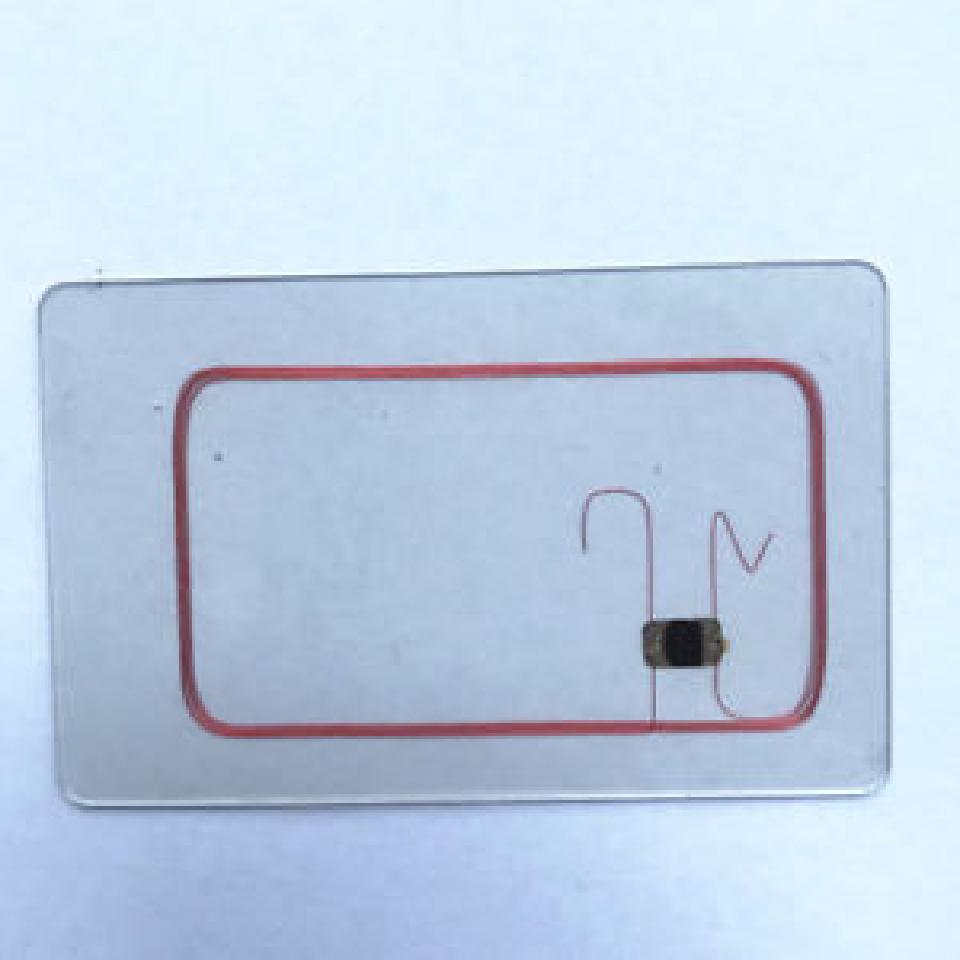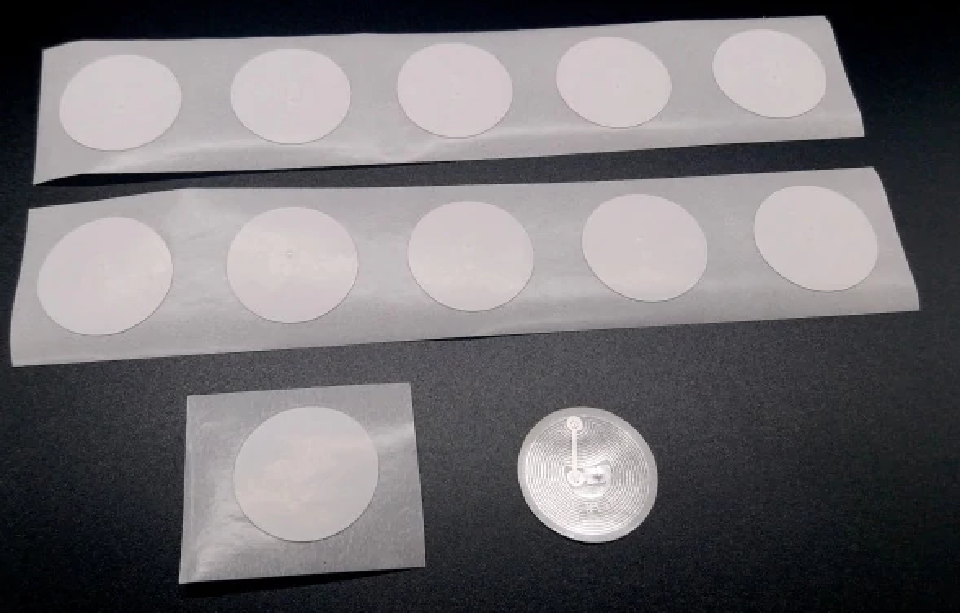High Frequency (13.56 MHz)
Last updated on
Contents
Introduction
Frequency
HF ranges between 3 MHz and 30 MHz.
NFC works exactly at 13.56 MHz and that’s why we are able to pay with our phones instead of a normal card, also a phone’s ability to read card data (not totally in some cases because of its cipher).
Attacks
As one might think, yes, the HF can be listened with an SDR and use in a Replay Attack or in a Relay Attack with a device like the HackRF as the CC1101 can’t operate in NFC’s frequency.
Range
The range from the card to the reader is around 10 centimeters.
Common Uses
The most common uses are payments like the bus card, access control applications where there’s the need of knowing who entered/left or access to some privileged area which depends on a job position… generally where some info needs to be stored.
Images
The most common card tag is:

But it can also shape a sticker or a tag:

ISO 14443
The ISO 14443 is the international standard approved by ISO and IEC for 13.56 MHz identification proximity cards, like the access pass I said before.
This standard is split into 4 parts:
- Part 1: Physical Characteristics: It defines the physical dimensions, the dynamic flexibility, the alternate electric and magnetic field, static electricity and static magnetic field, and the temperature.
- Part 2: Radiofrequency power and signal interface: It defines the electric dimensions, the first dialogue for the card, the working frequency (13.56 MHz), the range of the magnetic resistance and the communication for type A and B.
- Type A: Communicates with reader modulating the signal in
Manchestercode, but if the reader communicated with the tag, the tag would receive the signal coded inASK(Amplitude Shift Keying) at 100%. It has a 30% of noise tolerance in the signal, which is pretty high. - Type B: Communicates with reader modulating the signal in
NRZcode, but if the reader communicates with the tag, the tag would receive the signal coded inNRZat 10%. It has a 3% of noise tolerance in the signal, which is pretty low.
- Type A: Communicates with reader modulating the signal in
- Part 3: Initialization and anti-collision: It explains the communication between reader and card and defines an anti-collision method; for type A it’s called Wise Arbitration and type B it’s called Time-Slot Method.
- Part 4: Transmission Protocol: It specifies the protocol for half-duplex block transmission protocol as it defines the necessities for transmission without contact and the activation/deactivation sequences of the protocol.
- Calypso cards comply with this standard in parts 1,2,3,4 of type B.
- Mifare cards comply with this standard in parts 1,2,3 of type A.
HF Chips
There are some brands like iCLASS, Legic, Felica, MIFARE… but MIFARE is the most common.
MIFARE
In MIFARE Plus you can choose between: UID (Unique Identity Number) and NUID (Non Unique Identity Number).
Parenthesis are for versions of each specification, for simplicity.
- MIFARE Ultralight:
- Security (EV1): 32 bit password.
- Security (C): 3DES (112 bit key length)
- Uses: Ticketing
- UID: 7 bytes.
- Storage (EV1): 48/128 bytes divided in pages of 4 bytes.
- Storage (C): 144 bytes divided in pages of 4 bytes.
- MIFARE Classic 1K/4K
- Security: Memory in 2 segments.
- Uses: Transport, Parking Lot, Toll Highway…
- UID: 32 bits.
- Storage (1K): 1024 bytes. 752 bytes for data divided in 16 sectors.
- Storage (4K): 4096 bytes. 3,440 bytes for data divided in 32 sectors.
- MIFARE Plus
- Security: AES (128 bit key lenght) and Crypto1 (48 bit key lenght)
- Uses: Public transport, Campus cards, Access management.
- UID: 7 bytes
- NUID: 4 bytes
- Storage: 1 Kb (SE), 2 Kb (S, X, EV1), 4 Kb (S, X, EV1) bytes.
- MIFARE DESFire (EV1/EV2)
- Security: DES/2K3DES/3K3DES/AES (128 bit key length)
- Uses: Advanced public transport, Access management, Micropayment
- UID: 7 bytes
- Storage: 2 Kb, 4 Kb and 8 Kb.
Special Mentions
Credit Cards uses EMV technology. Info about it’s safety.
END
I hope you enjoyed the post and learned something!
If there was any type of error, incompletion or something is not clear, just message me and I’ll fix it 😇
Same goes if you have any doubt or feel like something is missing in the post, so it can help others ✌️
